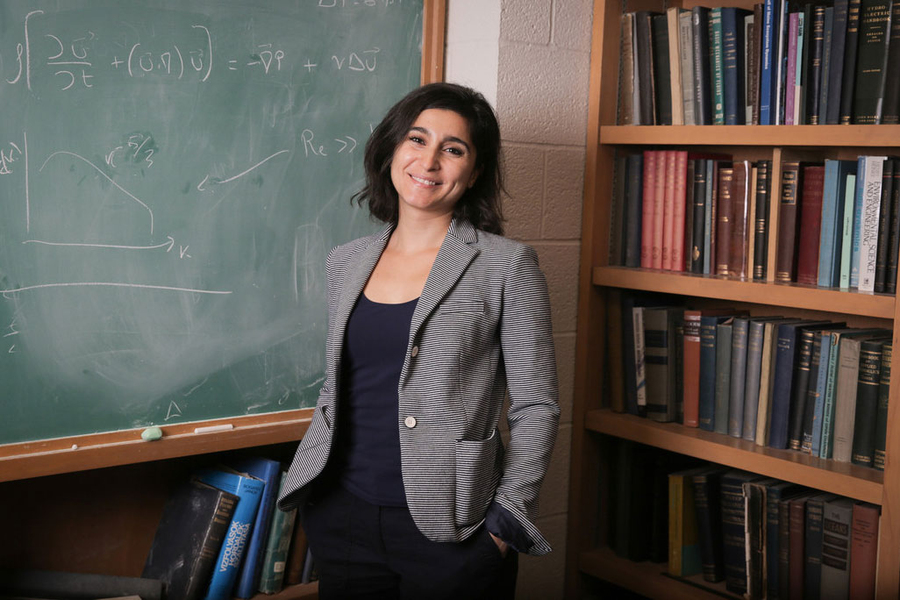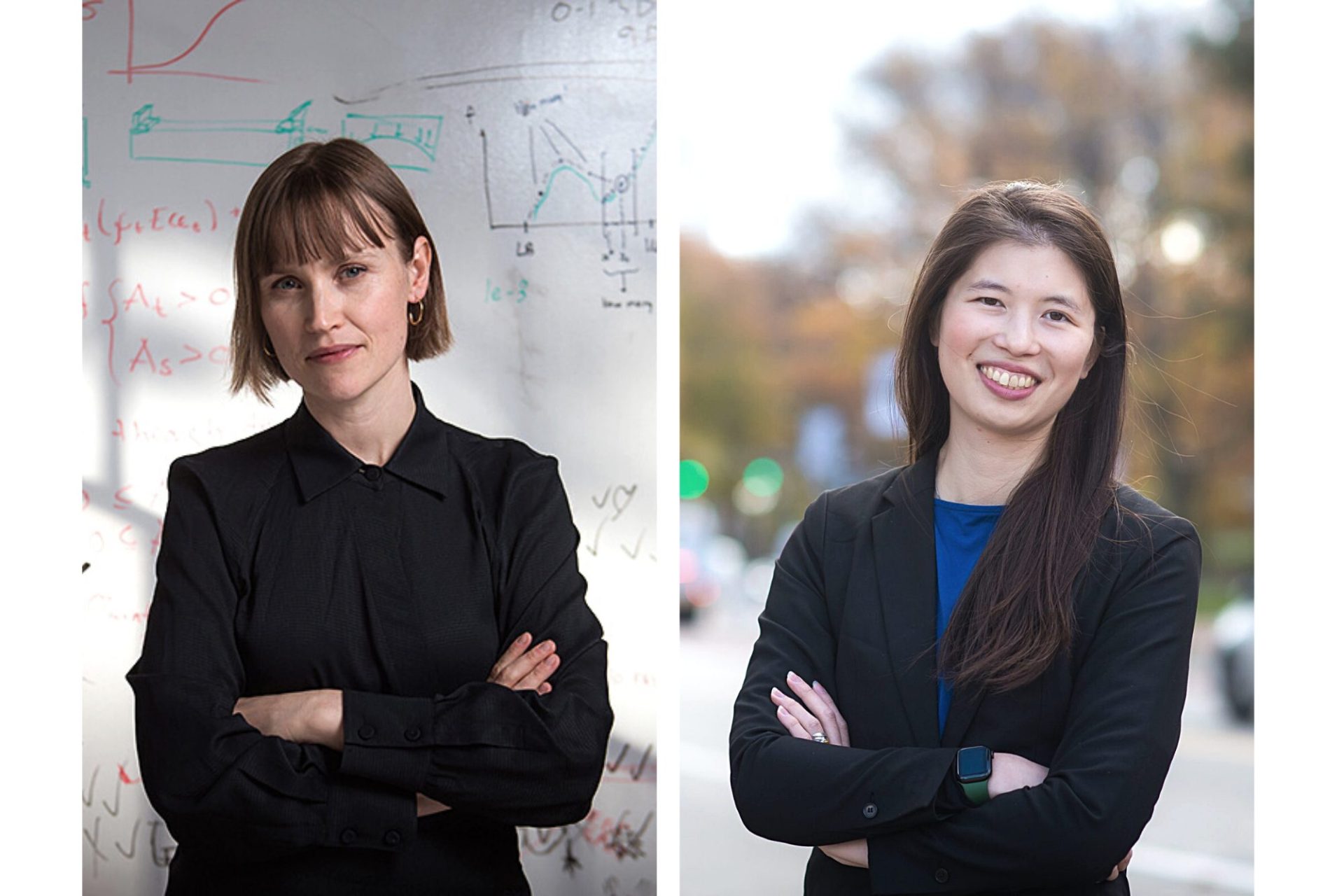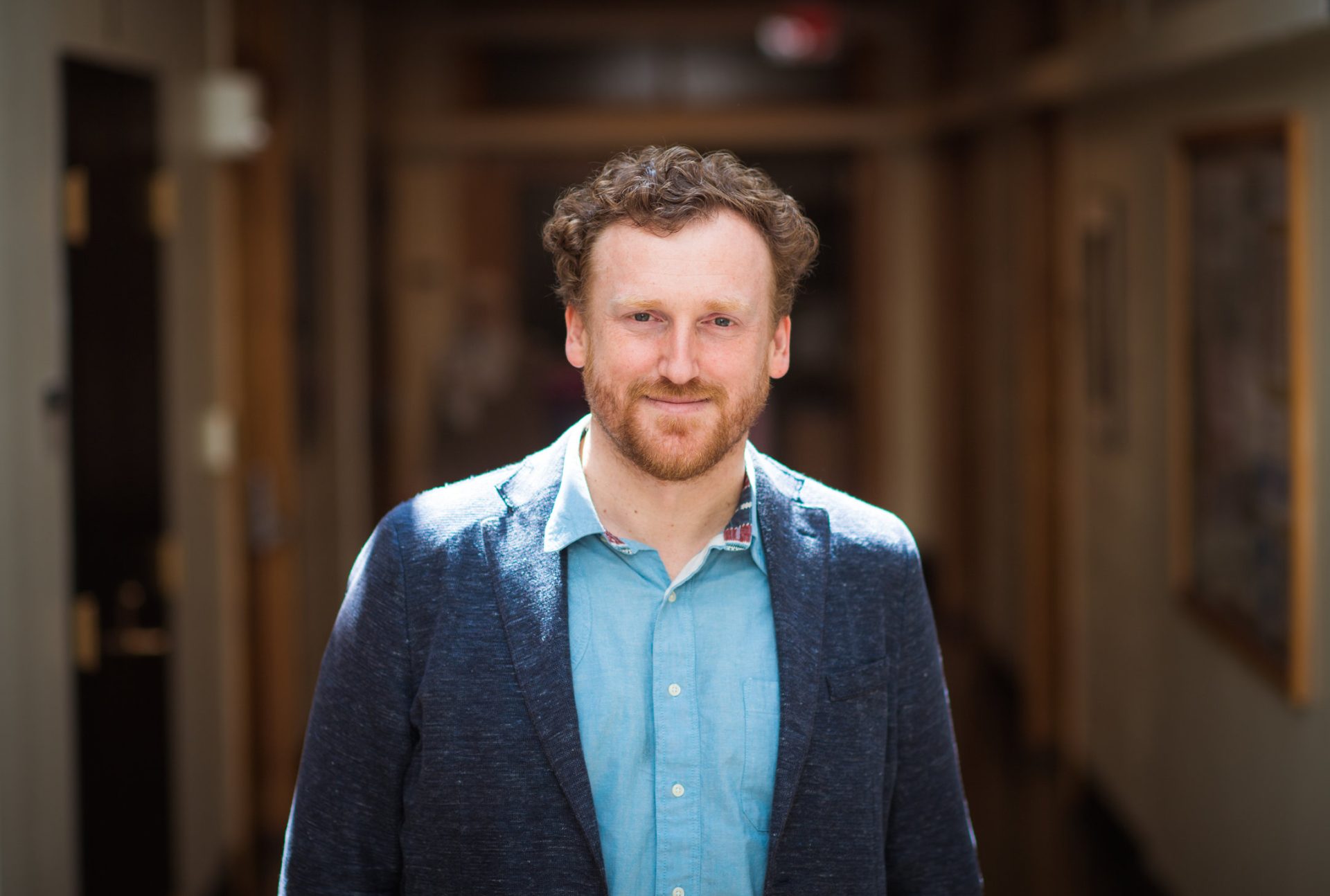Professor Lydia Bourouiba’s research influences new World Health Organization guidelines for respiratory infectious diseases

Lydia Bourouiba, associate professor in civil and environmental engineering, mechanical engineering and the Institute for Medical Engineering and Science, who leads The Fluid Dynamics of Disease Transmission Laboratory in the Fluids and Health Network, was the recipient of the 2018 Smith Family Foundation Odyssey Award, which supports the pursuit of high impact ideas to generate breakthroughs and drive new directions in biomedical research. Bourouiba has led and built this research intersection for more than a decade. The Smith Family Foundation highlights Bourouiba’s research investigating the transmission of infectious diseases and opening the way to a new class of biophysics questions in this area, and its impact in a new feature video.
Impact and Policy Change
In 2020, Bourouiba’s research suggested that the 6-foot distancing guidelines for COVID-19 may not be enough to prevent transmission and was based on outdated research. Building on the body of her work, key shifts in concepts pertaining to respiratory infectious diseases have been incorporated into new guidelines set by the World Health Organization (WHO). The report on proposed terminology for pathogens that transmit through the air, released by WHO on April 18 2024, seeks to come to a consensus regarding the terminology used to describe the transmission of pathogens though the air that can potentially cause infection in humans.
The terms ‘airborne’, ‘airborne transmission’ and ‘aerosol transmission’ were used in different ways by stakeholders in different scientific disciplines, which may have contributed to misleading information and confusion about how pathogens are transmitted in human populations during the COVID-19 pandemic, and how to select and deploy adequate mitigation strategies. This WHO report includes viewpoints from experts across a broad range of differing disciplines, including Bourouiba who’s pioneering research discoveries first communicated and demonstrated that respiratory exhalations occur as part of a turbulent multiphase puff cloud. Exhalation clouds entrap droplets of sizes across a continuous spectrum and can shield and carry these droplets over distances much larger than six feet, particularly for the more violent exhalations, like coughs and sneezes (e.g., 2014 Journal of Fluid Mechanics, and subsequent work). The notions of the turbulent puff cloud and the continuum of droplet sizes emission are now incorporated into the new WHO guidelines.
The WHO report now also recognizes that it is critical to understand the rich interactions among the pathogen-carrying fluid biophysics, physiology, and the environment that shape risk of transmission indoors, a topic on which a lot more research is needed. These and associated questions of pathogen-laden droplet biophysics and fluid physics naturally require both depth and breadth of research, including interdisciplinary researches at the core of the philosophy and focus of the Fluids & Health Network, led by Bourouiba at MIT and involving a range of disciplines, from physics, biology, to mechanical and electrical engineering, to mathematics, and virology.
Learn more about the Fluids and Health team’s interdisciplinary research that addresses fundamental-to-applied questions at the intersection of physics, health and disease, and a changing environment and climate.
To learn more about how Bourouiba became involved in creating new WHO guidelines, read 3 Questions: A shared vocabulary for how infectious diseases spread.
Share on Bluesky


